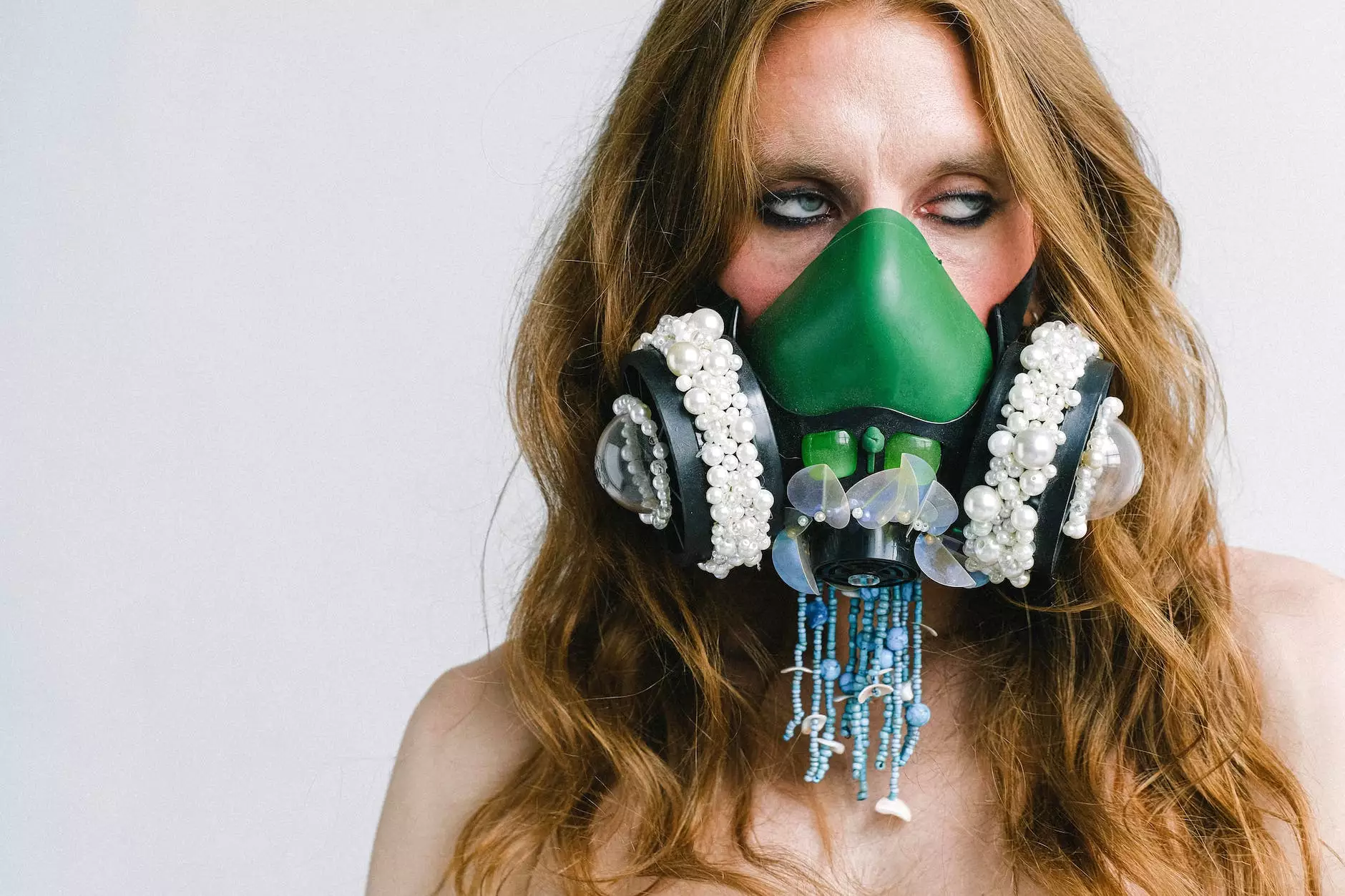The Transformative Power of the Human Design Chart

The Human Design Chart is a revolutionary tool that combines astrology, the I Ching, the Kabbalah, the Chakra system, and quantum physics to create a unique map of an individual’s psyche and personality. This article delves into the fascinating world of Human Design, highlighting its significance in personal and professional spheres, and demonstrating how understanding this chart can profoundly transform business practices and individual growth.
Understanding the Human Design System
The Human Design System was founded by Ra Uru Hu in 1987 after his mystical experience. It is a synthesis of various ancient wisdoms and modern sciences. This system revolves around the concept that each person is born with a unique design, which is revealed through their Human Design Chart. This chart provides insights into an individual's strengths, challenges, and intrinsic qualities.
The Components of the Human Design Chart
- Types: There are four main types in Human Design: Manifestors, Generators, Projectors, and Reflectors. Each type has its strategy for action and decision-making.
- Centers: The chart features nine energy centers, akin to chakras, which can be defined (colored) or undefined (white), indicating the flow of energy and areas of strength or sensitivity.
- Profiles: Profiles are derived from the combination of your conscious and unconscious sun and earth placements, giving insight into roles and themes in your life.
- Gates and Channels: Specific gates correspond to different traits or energies, and the channels connect these gates, forming unique personality traits.
The Significance of the Human Design Chart for Individuals
Understanding your Human Design Chart serves as a powerful tool for personal development. By recognizing your design, you create a framework to navigate life's challenges and opportunities. Here are some ways it impacts individuals:
Enhanced Self-Awareness
One of the most significant benefits of the Human Design Chart is the enhanced self-awareness it brings. By learning about your type, centers, and profile, you uncover your natural tendencies and behaviors. This self-knowledge allows you to:
- Recognize Strengths: Understanding your strengths helps you leverage them in both personal and professional settings.
- Acknowledge Challenges: Awareness of potential challenges enables you to navigate obstacles with confidence and strategic foresight.
- Cultivate Authentic Relationships: Becoming aware of your design fosters deeper, more authentic connections with others.
Improved Decision-Making
The Human Design Chart introduces a decision-making strategy that aligns with your unique design. For instance:
- Manifestors thrive on initiating actions, while Generators should focus on responding to life’s stimuli.
- Projectors benefit from waiting for invitations to share their insights, ensuring that their guidance is sought.
- Reflectors should take their time with decisions, as their designs are influenced by their environment.
By following these strategies, individuals can make choices that feel natural and in alignment with their true selves, ultimately leading to a fulfilling life.
The Role of Human Design in Business
As businesses evolve and adapt to changing markets, integrating insights from the Human Design Chart can catalyze organizational growth and enhance team dynamics. Here are several ways Human Design positively influences businesses:
Building Diverse Teams
Embracing the principles of the Human Design Chart allows businesses to assemble diverse teams that bring varied strengths and perspectives. Here’s how:
- Awareness of Differences: Recognizing different Human Design types within a team promotes appreciation for varied working styles.
- Optimal Collaboration: Teams can effectively align roles according to design types, ensuring that the right person is tackling the right task.
- Conflict Resolution: Understanding the individual designs can help mitigate misunderstandings and foster a more harmonious workplace culture.
Enhanced Leadership Styles
Leaders can leverage their own Human Design Chart and that of their team members to fine-tune their leadership approach. For instance:
- Adaptability: Different designs guide leaders on how to adapt their communication and decision-making styles to suit their team's needs.
- Empowerment: Leaders can empower their teams by providing them with opportunities that align with their strengths as identified in their charts.
- Strategic Recruitment: Utilizing Human Design can inform recruitment strategies, ensuring candidates fit both the role and the company culture.
Driving Innovation
By fostering an environment that respects and understands individual designs, businesses can unlock creativity and innovation. The diverse thought processes stimulated by various Human Design types lead to:
- Collaboration: Different mentalities converge to solve complex problems, fostering creative solutions.
- Risk-Taking: Understanding how to support each design type allows for calculated risk-taking and the motivation to innovate.
How to Get Started with Your Human Design Chart
Embarking on the journey of understanding your Human Design Chart requires a unique approach. Here are the steps to get started:
1. Obtain Your Chart
To generate your Human Design Chart, you need your birth date, time, and location. Many online resources, including bodygraphchart.com, provide free chart generators. Make sure to choose a reputable site to ensure accuracy.
2. Learn the Components
Once you have your chart, familiarize yourself with its components: types, centers, profiles, gates, and channels. Numerous resources online, including articles, videos, and books, can guide your understanding.
3. Engage with a Human Design Analyst
For deeper insights, consider consulting with a professional Human Design analyst. They can help interpret your chart and offer tailored guidance based on your unique design.
4. Apply the Knowledge
The most critical step is applying the insights from your Human Design Chart to your daily life. Experiment with different approaches to decision-making, relationships, and work styles based on your design and observe the outcomes.
Conclusion: Embrace Your Unique Path with the Human Design Chart
In summary, the Human Design Chart provides profound insights into the human experience. By understanding your unique design, you can embrace your strengths, navigate challenges, and contribute to more meaningful relationships both personally and professionally. For businesses, leveraging the principles of Human Design can lead to cohesive teams, innovative problem-solving, and a thriving organizational culture.
As you embark on this transformative journey of self-discovery and empowerment, remember that your Human Design Chart is not just a tool—it’s a pathway to understanding your place in the world and how you can best contribute to it.
human design chart








